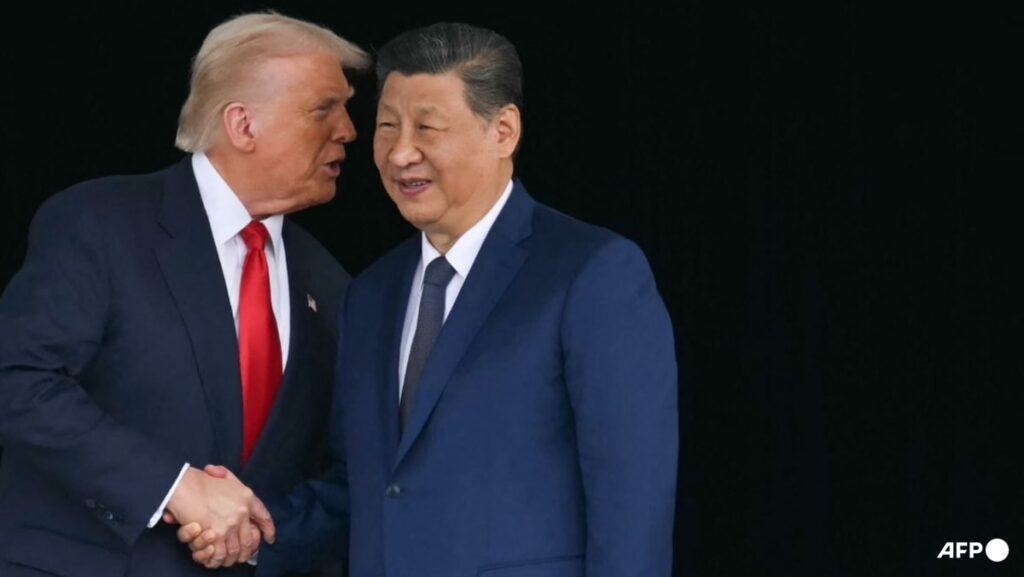However, arguably the most significant thing that Beijing gains from this deal is vindication of its approach. Chinese leaders now have evidence that Mr Trump can back down when threatened with the supply of goods that the US depends on China for, like rare earths. And it could easily go further to weaponise the supply of pharmaceuticals, lithium-ion batteries and mature chips.
With two more meetings between Mr Xi and Mr Trump reportedly in the works for 2026, it is still possible to extend or deepen the ongoing truce. But there are ample opportunities for escalation and a breakdown in ties, too.
SAME APPROACH, SAME WEAKNESS
There is a certain irony that Beijing’s maximum pressure approach borrows from the Trump administration’s own diplomatic style. Yet, utilising this playbook not only shares its strengths, but its weaknesses too.
Notably, just as traditional trade partners of the US are looking to diversify their trade networks to avoid overdependence on Washington, Beijing’s leveraging of its rare earth chokehold will only spur efforts by the US and other countries to diversify away from overdependence on Chinese supply chains, starting with rare earths.
The signing of the US$8.5 billion deal between the US and Australia to expand mining and processing facilities, along with other critical minerals agreements signed with parties such as Japan, Malaysia and Thailand, are signs of this push for diversification.
The standoff over EU-based, Chinese-owned Nexperia showed how countries are concerned about China’s potential weaponisation of supply chains. The Netherlands took control of the chipmaker under national security laws in September and China responded by halting exports from Nexperia factories in China.
Read the full article here

